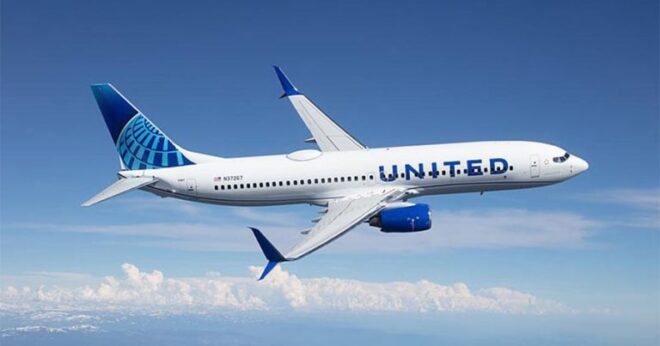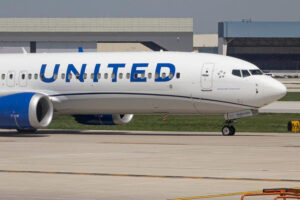
United Airlines Holdings Inc. has embarked on a groundbreaking collaboration with the US National Oceanic and Atmospheric Administration (NOAA) to monitor greenhouse gases using a commercial aircraft, according to Bloomberg. This novel initiative marks a significant step forward in enhancing our understanding of how greenhouse gases behave throughout different atmospheric layers.
As part of the agreement, a Boeing 737, routinely used for passenger service, will be outfitted with sophisticated instruments capable of measuring key greenhouse gases, including carbon dioxide, methane, and nitrous oxide. The aircraft will collect data across diverse routes and altitudes across the United States, providing unprecedented insights into atmospheric gas concentrations

NOAA’s Chief Scientist, Sarah Kapnick, highlighted the project’s potential, stating, “This initiative will offer a more detailed understanding of greenhouse gases in the atmosphere, pinpointing sources and tracking their life cycles and variations. This knowledge is crucial for improving our approaches to weather forecasting, pollution control, and climate change mitigation.”
This pioneering effort was showcased during the White House’s “super pollutants” summit, which concentrates on addressing greenhouse gases that significantly impact global warming relative to their overall concentration. The equipped Boeing 737 is slated to commence its data-gathering flights next spring, potentially yielding four times the atmospheric data currently obtained through specialised research flights.
The compact, yet potent instrument package will be installed on the plane’s fuselage, optimised through preliminary trials with Boeing. This method builds upon existing protocols wherein commercial flights collect meteorological data for the National Weather Service.
Additionally, the insights derived could aid in mitigating environmental impacts such as contrails—wispy clouds formed by airplane exhaust that trap heat in the atmosphere. Better understanding of the formation and movement of these contrails could lead to flight paths designed to minimise their occurrence.
Given that United Airlines also operates routes to global destinations like Dubai, the potential expansion of this monitoring programme to more aircraft could significantly influence international aviation climate strategies.
In tandem with this initiative, the Biden administration announced at the summit the deployment of 10 new ozone-monitoring systems at US embassies and consulates worldwide. Moreover, the Environmental Protection Agency committed to publicly releasing data on significant methane leaks from the oil and gas sector, promoting greater transparency and regulatory compliance.